NEET Exam > NEET Notes > Biology Class 11 > Cheat Sheet: Morphology of Flowering Plants
Cheat Sheet: Morphology of Flowering Plants | Biology Class 11 - NEET PDF Download
The Root
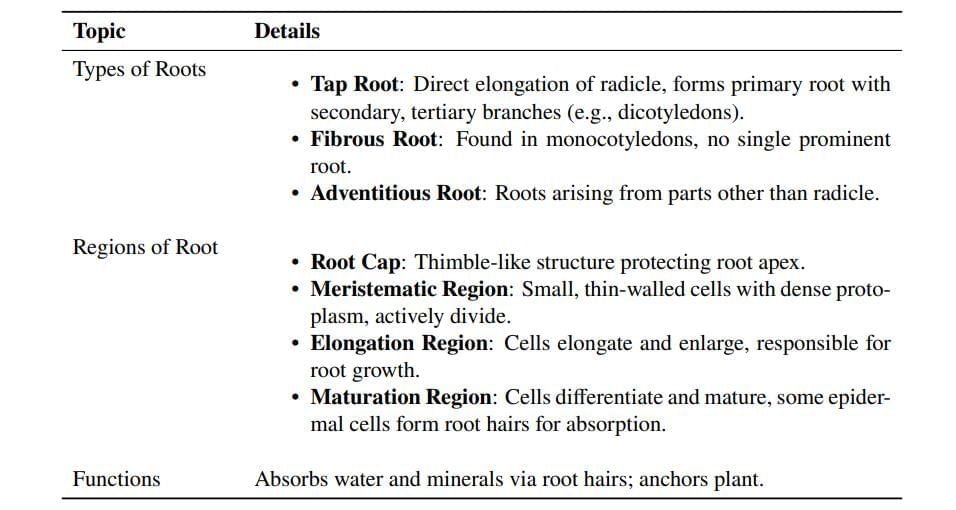
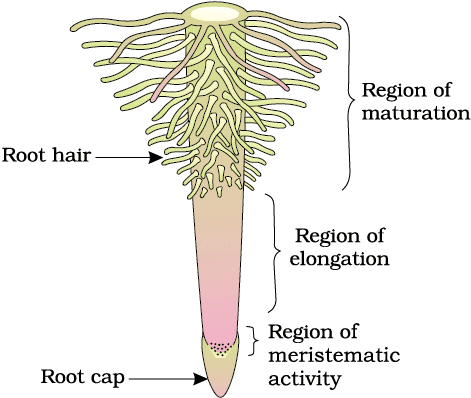 Regions of Root
Regions of Root
The Stem
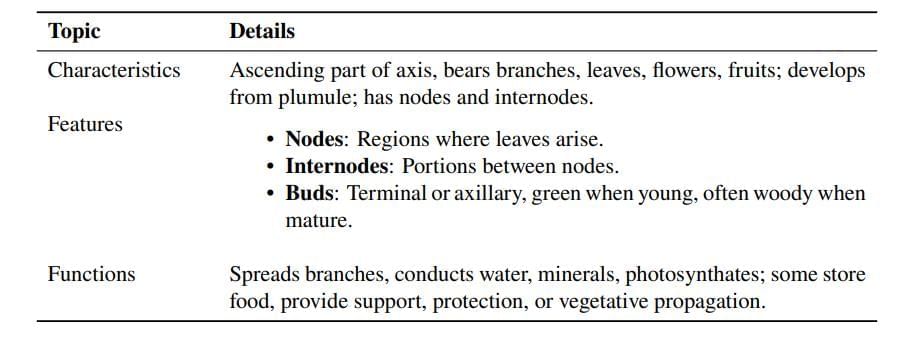
The Leaf
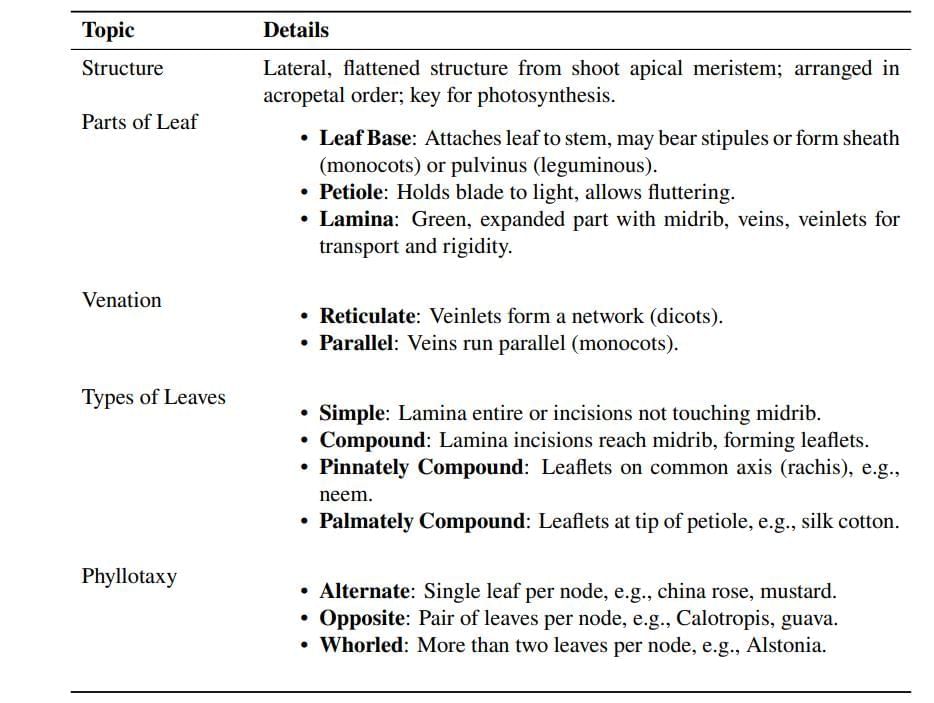
The Inflorescence
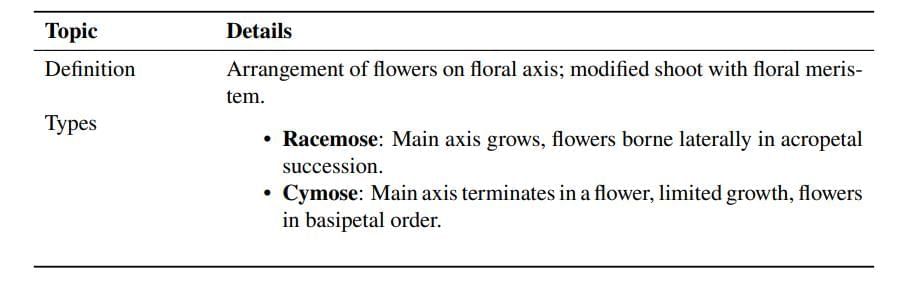
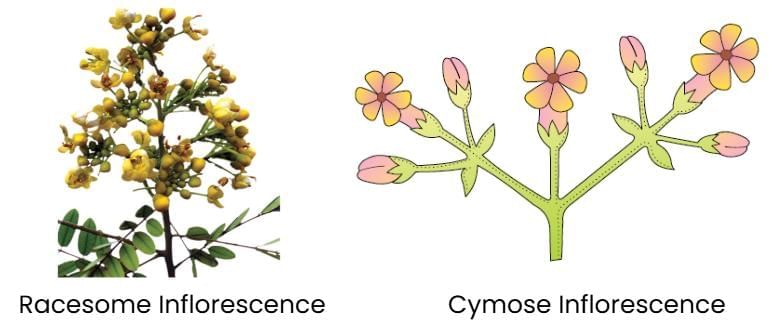 Types of Inflorescence
Types of Inflorescence
The Flower
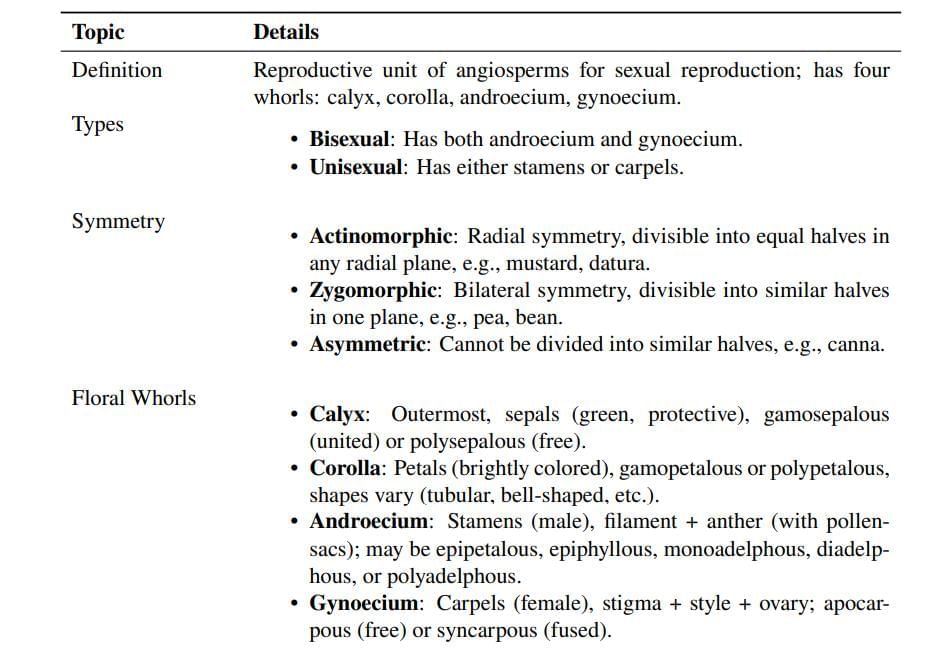
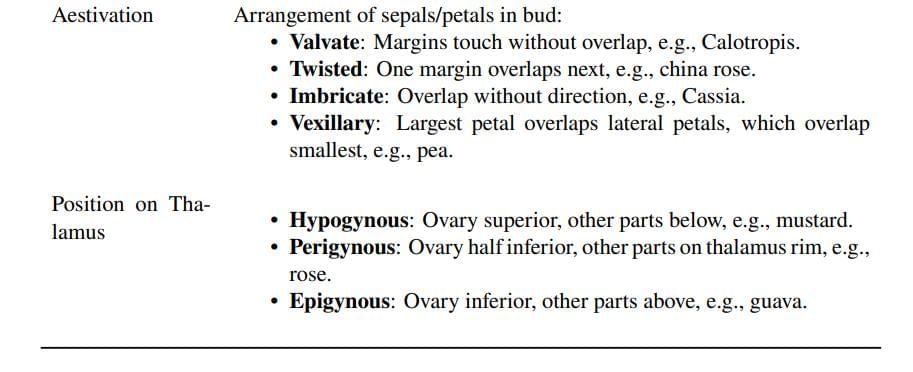
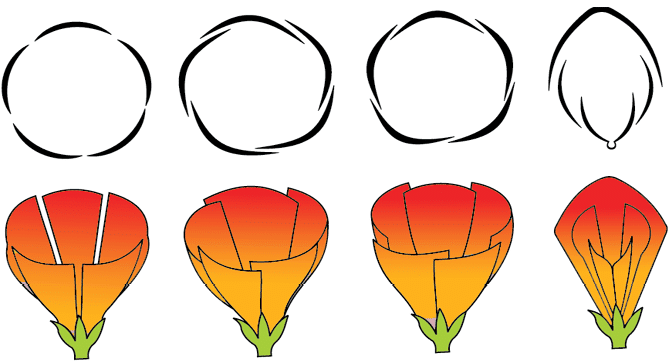 Types of aestivation in corolla : (a) Valvate (b) Twisted (c) Imbricate (d) Vexillary
Types of aestivation in corolla : (a) Valvate (b) Twisted (c) Imbricate (d) Vexillary
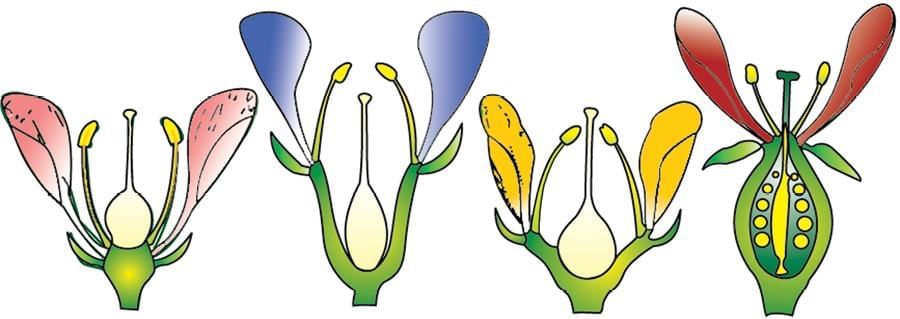 Position of floral parts on thalamus : (a) Hypogynous (b) and (c) Perigynous (d) Epigynous
Position of floral parts on thalamus : (a) Hypogynous (b) and (c) Perigynous (d) Epigynous
The Placentation

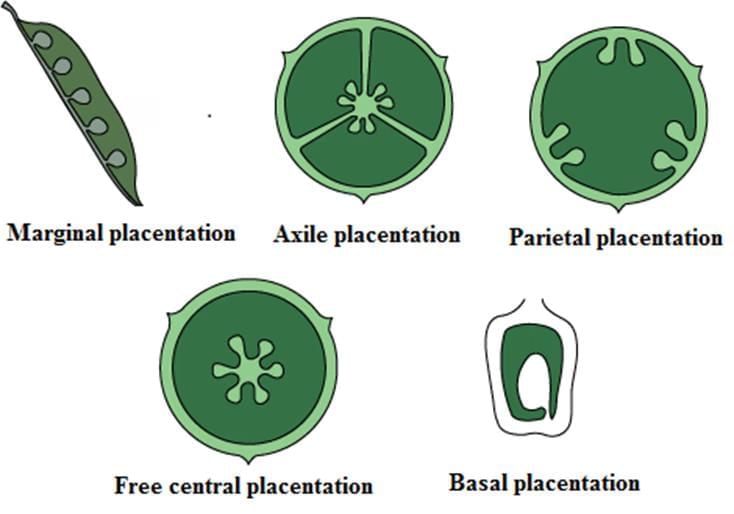 Types of Placentation
Types of Placentation
The Fruit

The Seed

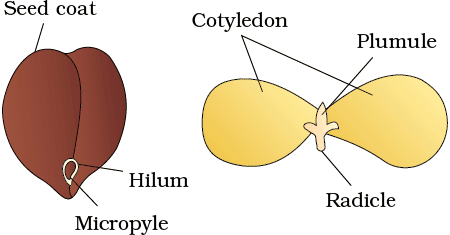 Structure of Dicotyledonous Seed
Structure of Dicotyledonous Seed
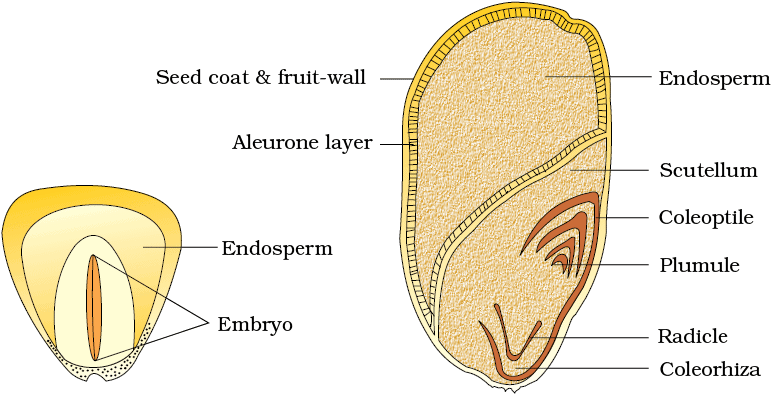 Structure of Monocotyledonous Seed
Structure of Monocotyledonous Seed
Semi Technical Description of a Typical Flowering Plant
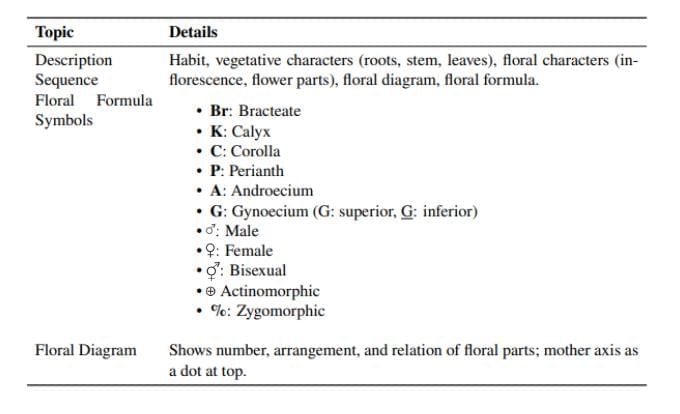
Solanaceae (Potato Family)
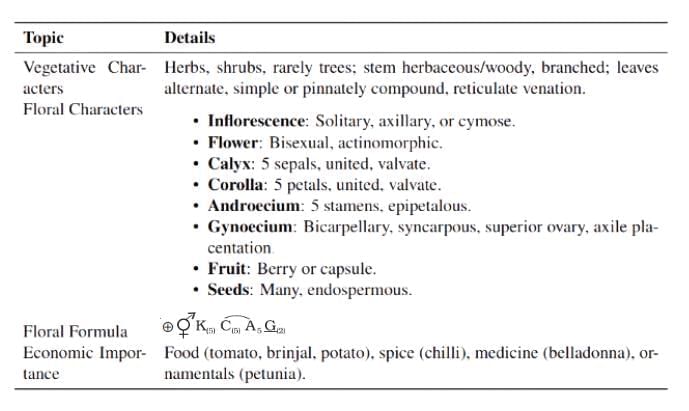
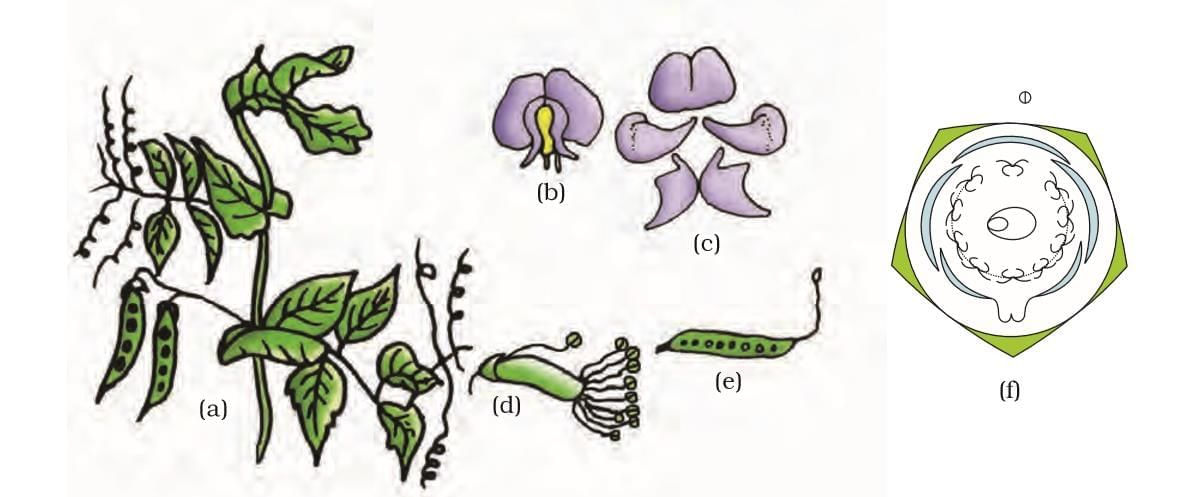 Pisum sativum (pea) plant : (a) Flowering twig (b) Flower (c) Petals (d) Reproductive parts (e) L.S.carpel (f) Floral diagram
Pisum sativum (pea) plant : (a) Flowering twig (b) Flower (c) Petals (d) Reproductive parts (e) L.S.carpel (f) Floral diagram
The document Cheat Sheet: Morphology of Flowering Plants | Biology Class 11 - NEET is a part of the NEET Course Biology Class 11.
All you need of NEET at this link: NEET
|
150 videos|398 docs|136 tests
|
FAQs on Cheat Sheet: Morphology of Flowering Plants - Biology Class 11 - NEET
| 1. What are the main parts of a flower and their functions? |  |
Ans.The main parts of a flower include the petals, sepals, stamens, and pistils. The petals are often colorful and attract pollinators. Sepals protect the flower bud before it opens. Stamens are the male reproductive parts that produce pollen, while pistils are the female reproductive parts that contain the ovary, where seeds develop.
| 2. How do roots, stems, and leaves contribute to the overall health of a plant? |  |
Ans.Roots anchor the plant and absorb water and nutrients from the soil. Stems support the plant structure and transport fluids between roots and leaves. Leaves are crucial for photosynthesis, converting sunlight into energy, which is essential for the plant's growth and health.
| 3. What is the significance of inflorescence in flowering plants? |  |
Ans.Inflorescence refers to the arrangement of flowers on a plant. It plays a vital role in maximizing pollination efficiency by attracting pollinators to specific areas and ensuring that flowers bloom at optimal times for reproductive success.
| 4. How do fruits and seeds develop after fertilization in flowering plants? |  |
Ans.After fertilization, the ovary of the flower develops into a fruit, which protects the seeds and aids in their dispersal. The fertilized ovule develops into seeds, containing the genetic material necessary for the next generation of plants.
| 5. What are some common types of fruit and how are they classified? |  |
Ans.Fruits are classified into several types based on their structure and origin, including simple fruits (developing from a single ovary), aggregate fruits (from multiple ovaries of one flower), and multiple fruits (from the ovaries of multiple flowers). Examples include apples (simple), raspberries (aggregate), and pineapples (multiple).
Related Searches
















